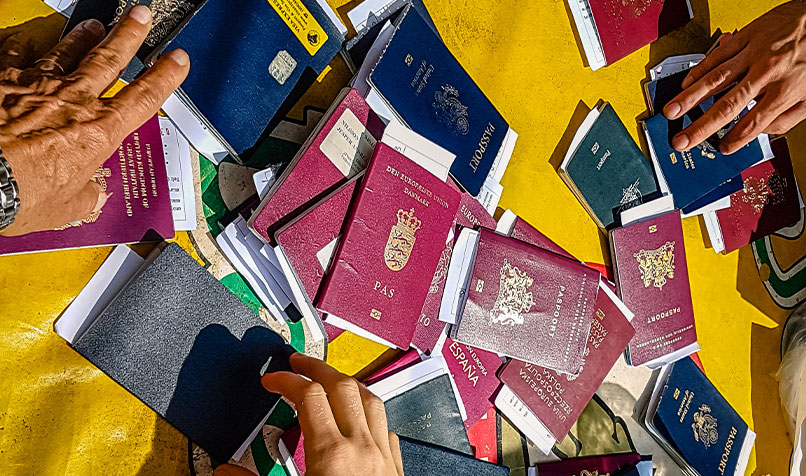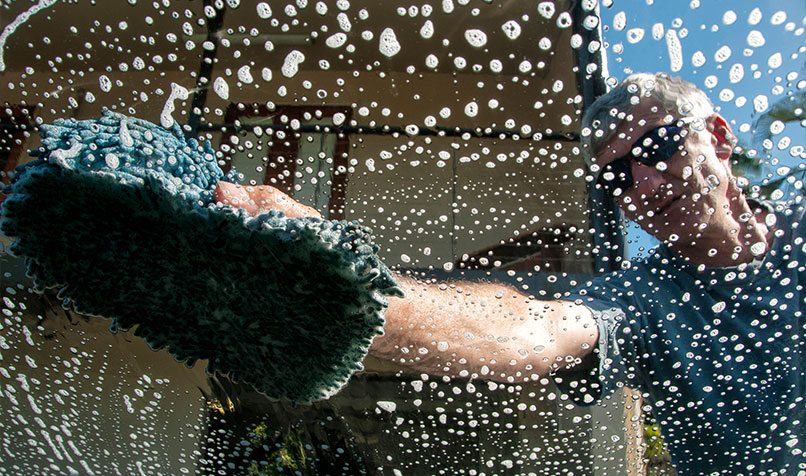Loading component...
At a glance
It is a sobering statistic – the number of people living in modern slavery conditions in Australia has more than doubled since 2018, to over 41,000 people, or 1.6 in every 1000. The situation is similar in New Zealand, while the numbers are even higher in the UK and the US.
The Australian Federal Police (AFP) says modern slavery has traditionally been underreported, but over the past seven years, there has been a steady increase in referrals and investigation, reaching 294 reports in the 2021–22 financial year.
Commenting on a recent case of forced domestic labour, the AFP says, “Without the assistance of the community – in this case healthcare professionals – victims may go undetected, and we would not be able to provide victims the help and support they need.”
“This is a societal problem, and it is up to all of us to work together to protect people who are vulnerable to these exploitative crime types.”
Patrick Viljoen CPA, senior manager ESG with CPA Australia, says this is an important point. “Modern slavery is not merely a reporting issue – ultimately, it is a crime.”
Accountants and finance professionals are particularly well‑placed to identify red flags within business operations that can help flesh out and eliminate modern slavery practices hidden in plain sight.
Warning signs

Of the 294 reports of human trafficking or slavery in the 2021–22 financial year made to the AFP, 42 were about forced labour.
According to Walk Free, forced labour largely occurs in industries such as agriculture, construction, domestic work, cleaning, hospitality, meat processing and food services.
Many of these industries rely on migrant workers who enter Australia on temporary visas, where the risk of being exploited and not paid properly can occur, Viljoen says.
“There have been reports of people coming to Australia to work with false promises of pathways to citizenship, only to get locked into situations that they can’t get out of,” he says.
In Australia, modern slavery tends to be prevalent in sectors where there is a service that relies on cheap labour, says Amy Sinclair, human rights lawyer and regional representative for Australia, New Zealand and Pacific with the Business & Human Rights Resource Centre.
“People’s starting point with modern slavery is often that it’s something that happens offshore – that goods are coming into Australia from countries where there are sweatshops, and that it’s not a problem here.
Business red flags
Accountants are often in a prime position to identify red flags within business operations, says Vanessa Zimmerman, CEO of business and human rights advisory firm Pillar Two and chair of human rights and the modern slavery community of practice at the UN Global Compact Network Australia.
“If they’re seeing the procurement spend and understand what type of business the company is doing, they should be able to assist their clients to better understand how to look for modern slavery red flags,” Zimmerman says.
For example, if a company uses fee‑for‑labour‑hire agencies, “Are they sure the agencies are not taking workers’ identity documents or charging them recruitment fees?
“By not asking those sorts of questions, an accountant is not helping the client as much as they could be with managing their business risks, as well as the risks they might pose to human beings,” Zimmerman says.
Beyond legislation

In Australia, businesses with a consolidated revenue of more than A$100 million are required to report annually on the risks of modern slavery in their operations and supply chains under the Modern Slavery Act 2018.
This may be extended to include businesses with revenue of A$50 million, if the recommendations of a review of the Act are agreed to by government.
“Those large organisations are pushing the obligations down into their supply chain, so even if you’re a smaller entity, but you’re supplying something to those larger entities, they’re likely to be asking you what you do within your business,” says Dr Fiona McGaughey, associate professor at the University of WA Law School and member of the UWA Modern Slavery Research Cluster.
“What the Modern Slavery Act is asking us to do is to identify risks and then to identify what you’ve done to mitigate those risks,” she says.
She argues that taking a broad approach to identify how well the workers are likely to be treated, both within our own organisations and within supply chains, is a good starting point.
“Identifying modern slavery is more accessible to people when you think about it as being a spectrum – from the worst cases of child labour, for example, to red flags about workers who are not being well treated.
"Scrutinise the numbers and follow your instincts if it doesn’t seem right – nine times out of 10, there will be something there. An accountant has a responsibility to find out the story behind the numbers, and it may indicate underpayment or workers not being treated well."
“If you can identify that, then you can ask further questions that may then uncover incidents of modern slavery – and there are a whole lot of datasets that people can use to identify where the risks lie that are specific to their industry,” McGaughey says.
Accountants have a professional responsibility to ask the hard questions, Viljoen says.
“Scrutinise the numbers and follow your instincts if it doesn’t seem right – nine times out of 10, there will be something there. An accountant has a responsibility to find out the story behind the numbers, and it may indicate underpayment or workers not being treated well,” he adds.
For example, an accountant may have a client in the hospitality business. If the prices paid to a produce supplier seem excessively low, a conversation should be had around modern slavery issues. The accountant could ask the client what they know about working conditions and whether they have conducted a site visit or asked the supplier to complete a survey about the baseline treatment of its workers.
Act, don't react

If there are red flags indicating modern slavery in a business’s operation, the next step is to work with the business owner to address it. Terminating a contract is not the recommended first course of action, McGaughey says.
“Understandably, people don’t want to be associated with anything that looks like modern slavery, but the challenge with that is it leaves those people in exactly the same situation, and the supplier takes no responsibility for what has happened.
“Instead, it is better to engage with the supplier to raise the concerns to see if they are open to cooperation,” she says.
If they are not cooperative, the issue should be reported to authorities, such as the AFP, who will then decide whether further action needs to be taken.
“Essentially, if it looks too good to be true, it probably is. One of the key drivers for exploitation and modern slavery is economics.
“If an accountant can see that the number of workers or the price of a product doesn’t match up with the market rate, then there is a problem, and they should do something about it,” says McGaughey.
Modern slavery: can Australia do more?
Modern slavery snapshot
49.6 million
People trapped in modern slavery globally in 2023, which includes 28 million people in forced labour
1.6 in 1000
Prevalence of people in modern slavery in Australia in 2023
Source: Walk Free

